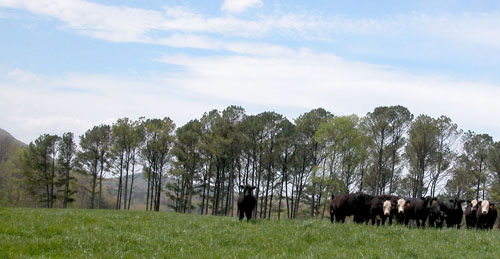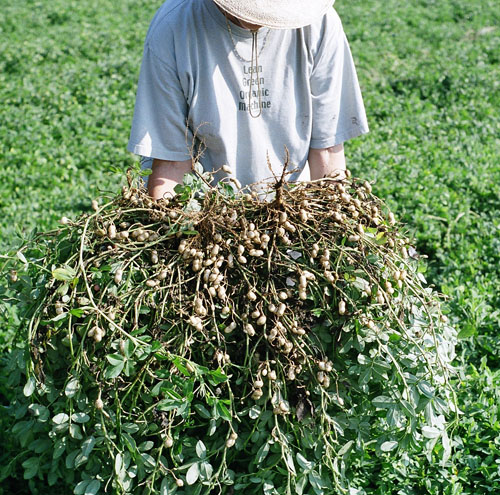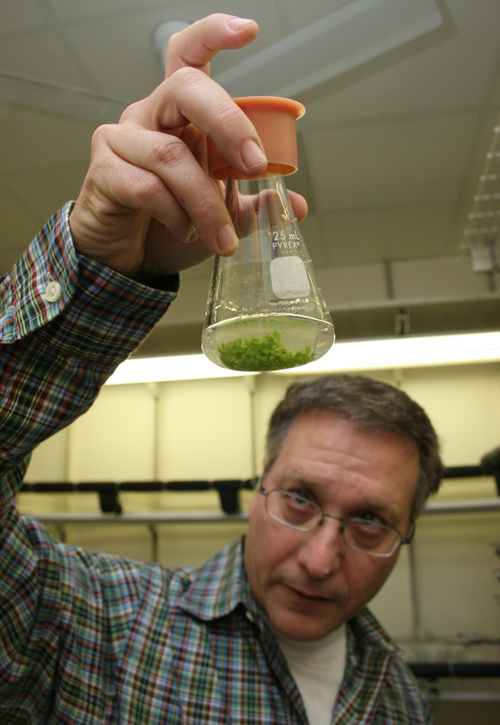 CAES News
CAES News
Advice for Georgia cattle producers
Georgia is locked in the grip of a severe drought. Most of the state’s pasture and hayfields are in poor to very poor conditions. Many livestock producers are struggling to feed their herds. In Tifton, Ga., June 20, University of Georgia specialists will discuss ways cattlemen can deal with drought.

.jpg)

.jpg)


Small.jpg)
